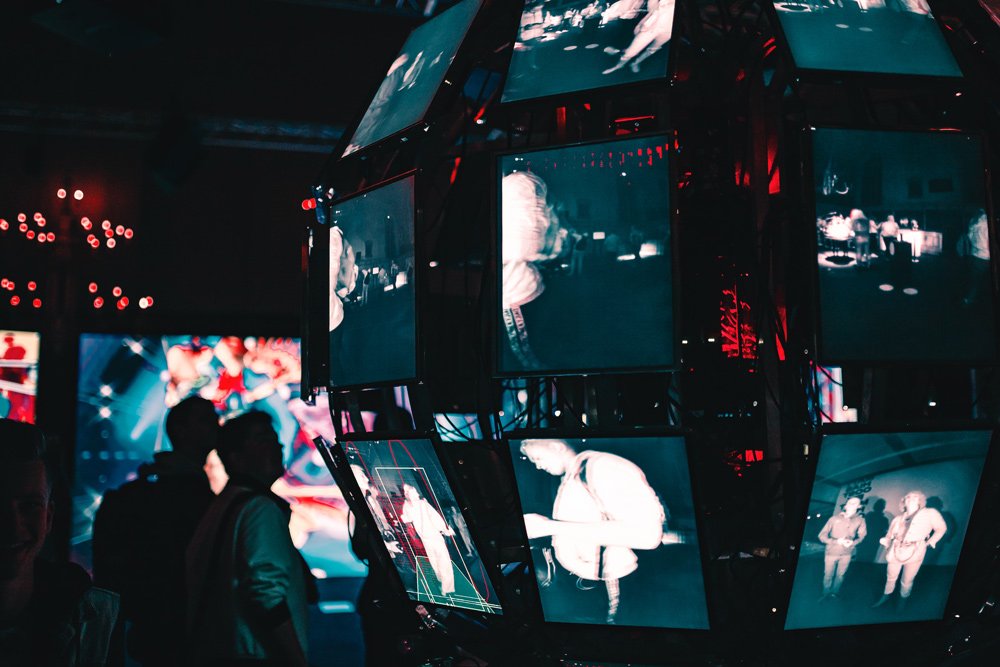Museums are constantly looking for ways to improve the visitor experience. With the rise of digital signage, museums are now able to provide a more immersive and interactive experience for visitors. Digital signage can be used to provide information about exhibitions, as well as directions and other important information.
Thanks to affordable digital signs from the East, and Apple TV for digital signage software from companies like Kitcast, transforming the way museums interact with their visitors. With the ability to collect data, museums can now track visitor engagement and use this information to improve the visitor experience.
The Past meets with the Future
Why museums are ultising digital displays?
That Scene in Jurassic Park
Do you remember when the kids were in the cars exploring the park, and the car was telling the kids about the dinosaurs and how it turns out that one spits venom? Well, that lesson hasn’t been lost on modern museums because they are slowly converting over to digital signs that pretty-much do the same thing as those cars did. The screens tell people what they are looking at and give a bit of history and an interesting fact or two.
It is about entertainment firstly and education second, which was a hard lesson for the museums to learn. Figuring out that people want a good time was what kept the good Museums open. In the future, you can forget about plaques in front of items with a load of old text. In the future, you can expect digital signs that are running videos that look similar to TikTok videos than they do “Museums Explainer” videos.
Digital Signs Help Expand Knowledge of Art
Here are three outstanding examples of digital signage in museums around the world.
Los Angeles Museum of Holocaust
The Los Angeles Museum of the Holocaust has a powerful digital exhibit called the Memory Pool. In this exhibit, visitors can interact with floating exhibits (memories) and learn about the holocaust victims. The exhibit highlights the images of people in their daily lives before the Holocaust, like going about socializing, interacting, and visiting places.
Cooper Hewitt Smithsonian Design Museum
After a significant renovation in 2014, the Cooper Hewitt Smithsonian Design Museum reopened its doors to visitors with new digital installations. Several interactive, high-definition displays were used to communicate the Museum’s themes. Visitors could explore pieces of the design collection in the Collection Browser before physically exploring the Museum. They could also learn about the history and architectural pieces of the building and understand the relationship between donors and objects.
V&A museum London
The V&A Museum developed an 8-screen video wall in early 2017, allowing visitors to purchase and print tickets and get compact and complete information about events and exhibits. Each screen had independent touch-sensitive foils under protective glass, linked with a computer, ticket printer, and card reader! The Museum, the first to fuse art with technology in the UK, attracted many visitors and media attention.
Giving a Deeper Explanation
Digital signage is about offering an explanation. It gives exhibits depth and meaning. It is also more memorable, so people are more likely to leave the place and tell their friends about it. They are more likely to go online and post good reviews about it. Museums need to modernize with digital signs, and those who don’t will suffer in the long run.





